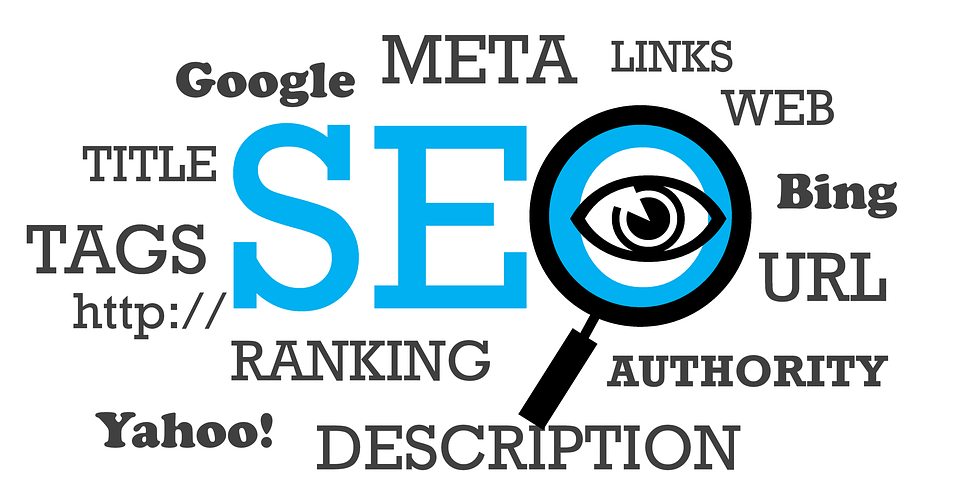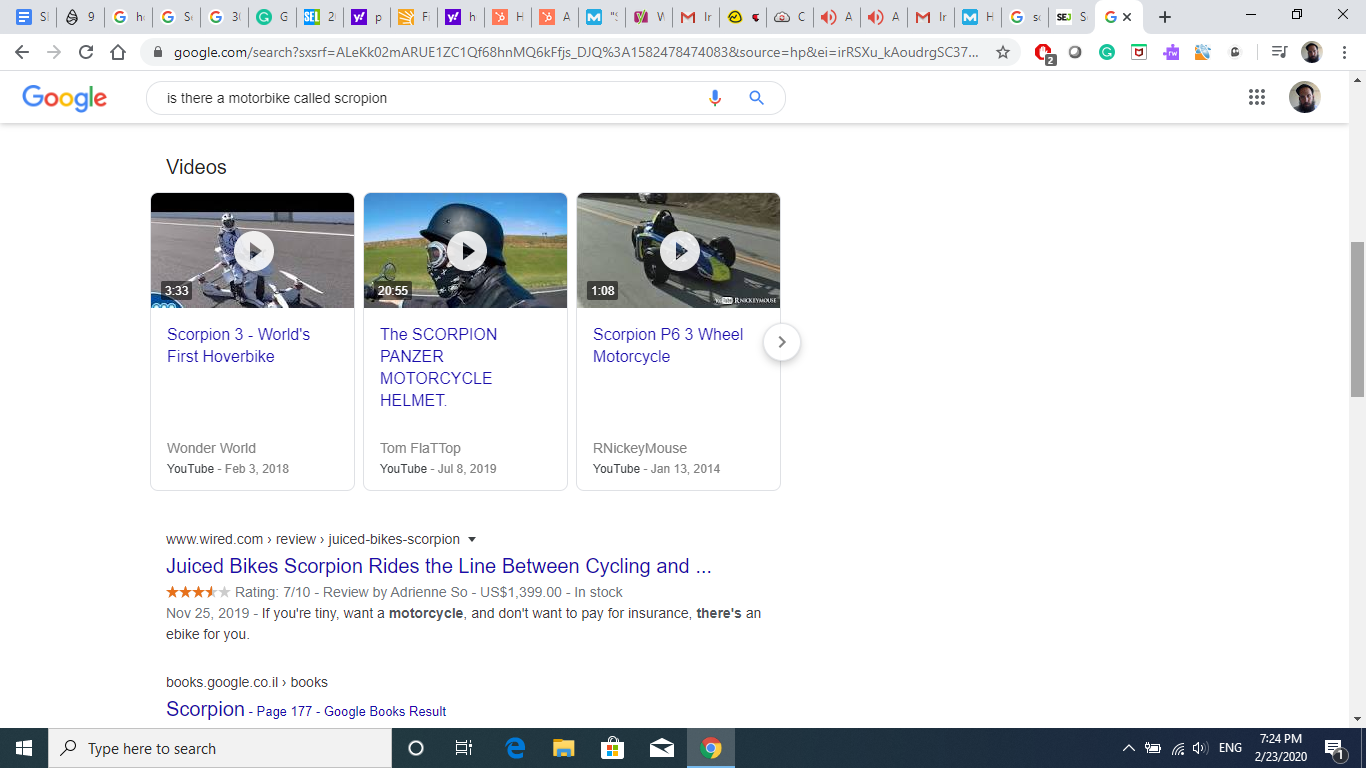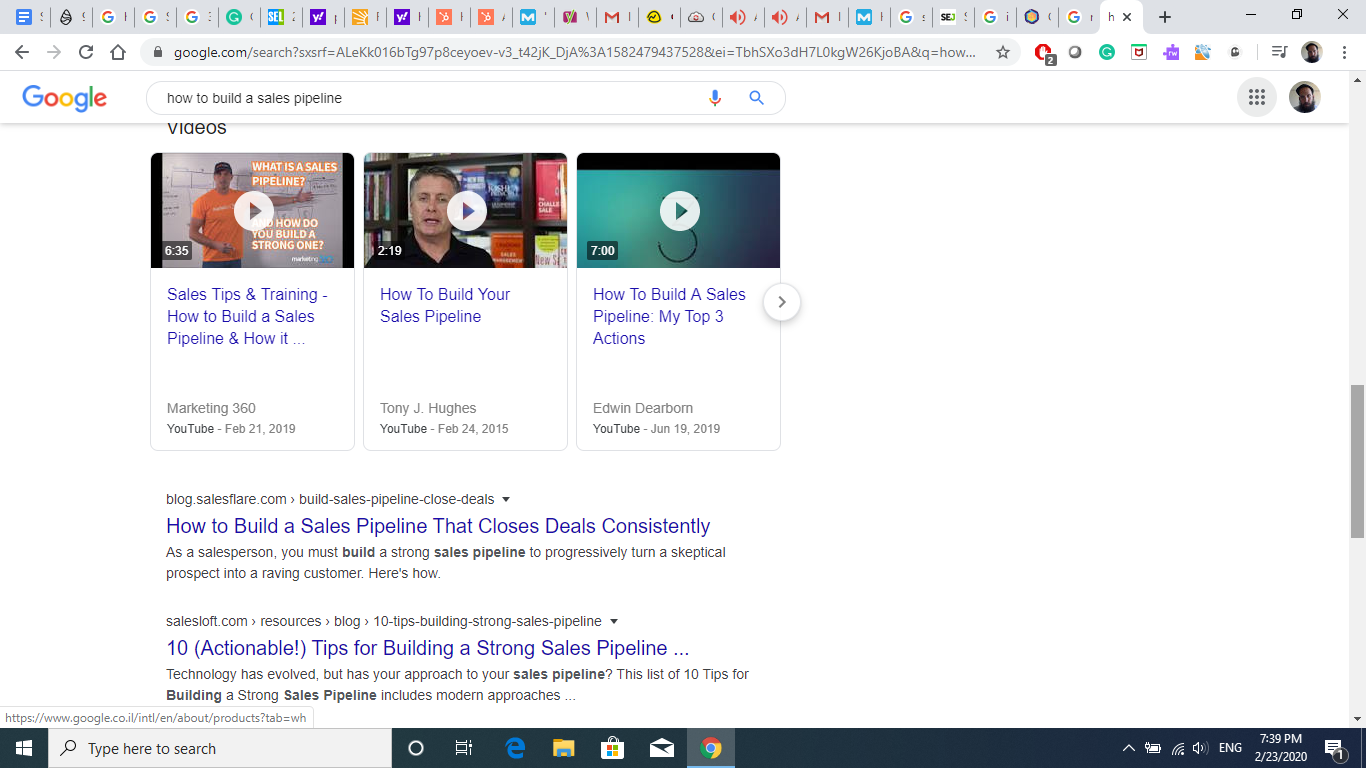SEO in 2020: What will Always be the Same?

SEO or Search Engine Optimization is changing all the time. It is not just the SEO experts that need to keep their finger on the pulse of the latest trends. All of us do! As a CRO with a niche market focus, this is even more important.
You may have lots to offer. And you may have a beautiful looking website with all the ’bells and whistles’, but if people can’t find you, what good is it? Matching user intent (a solution that your customers are looking for) will always be more important than a pretty website!
If you want to generate the right traffic to your website, staying ahead of the game couldn’t be more important! So in 2020, which promises to be a revolutionary year for SEO, what will change, and what will always be the same?
First, let’s focus on what will always be the same in SEO, then we will shift our focus to SEO in 2020; and beyond!

How Google Works: Three-Step Process
When someone performs a search, there are certain key features to be aware of:
- Searcher intent, which is also known as keyword intent, is the ultimate goal of the user using a search engine; consider that every one of your customers, uses search results differently which is, based on their ultimate goal!
That is why it is imperative to optimize your website or content for searcher intent. The nature of the human language is complicated. And one of Google's goals is to understand human language in an artificial intelligence kind of way.
- Next is the results which are represented on a Search Engine Results Page (SERP).
- Algorithms: A search engine like Google uses a complicated system called an algorithm to retrieve data from its search index which instantly generates the best possible results to a query. Google uses various algorithms and ranking signals to produce web pages ranked based on their relevance on the search engine results page.
- The Google Index: the Google index is similar to an index in a library. Just like any library has a list of information about all the books available, the Google index “lists all of the web pages that Google knows about”.
The three-step process in action
So how do all these pieces work together?
First, you type in a search query, Google then processes your request through a combination of algorithms to their index; the index then generates a search engine results page. The next stage is Google looks to see how the searcher experiences the website, whether the web page resolves the search problem or question, and how happy the user is.
We call this the ‘satisfaction metric’. It is a metric that explains to Google in that the algorithm of how happy the searcher is with the results they got in their search. If the results were what the user was looking for-Google will be more likely to repeat the same results again.
The three factors that remain the same will be Google will always:
- Figure out what you want,
- Present that information to you.
- Measure by some form or fashion how happy you were with the results (of your search).
What is changing with SEO?
What is changing is how Google understands user intent, how it displays those results, and how it measures user satisfaction.
So let's drill down to take a deeper look at searcher intent:

What plays a role in searcher intent?
Google wants to know what your website is about, which includes the type of titles you use, the content on your landing pages or pillar pages, your blogs.... all of these features of a website are important in helping Google work out what is the right fit for searcher intent.
The following are considerations you need to evaluate:
- Who is this site for?
- What do you want them [your customers) to do when they get there?
Semantic Search:
It’s not just what you say, but understanding what you mean by what you say!
Let's say- you are a Star Wars fan you and use the keyword ‘Star Wars’, then you type in ‘Jedi’, the same results should come up. Chief Marketing Officer,Aleh Barysevich of Link-Assistant.com says a semantic search considers user location, variations of the spelling of a search term, and user search history.
For example, if you were to type in the search term scorpion, you will get an array of pictures of species of scorpion, or a link to a television series, rather than finding -what you were intending-more information on the first hover bike!

In 2020, your content needs to match the searchers’ intent more than the words you type into Google!
Contextual Search: Google knows what a customer has been searching for in the past. Therefore, the results that Google generates will be based on a customer's search history and will look for things that seem to fit a customer's search patterns.
Media Intent: is when you type in ‘how to build a sales pipeline’, Google will recognize that you are looking for a video or images and not a written blog or article.

Location, Location Location! Google instantly recognizes the users' location, and Google's search engine is more likely to produce results of companies or businesses where the user lives.
So what will stay the same with SEO?
SEO is changing all the time, but certain fundamentals remain the same. Understanding what your website is for, and what your audience will find when they get there will always remain a staple. Features such as the search results page, algorithms, the google index-with of trillions of web pages-will continue to work on similar processes. However, SEO-although it may still be referred to as Search Engine Optimization-is shifting toward Search Experience Optimization!
Your Articles Need SkimCatchables
Skim-Catchables are bloggers' - now- not-so- secret weapon to make readers' jobs easier because they can easily skim down a page and find the answer to what they are looking for. Engaging titles and subtitles, gorgeous infographics, and functions like TL; DR (Too long; didn’t’ read) not only help readers, but should be part of any writer's tool kit!
Topic #SEO,#searcher intent,#Search Engine Optimization,#Google IndexJonathan Gordon is the chief writer and PR liaison for an HR firm. His passions are creating inspiring and engaging content. Jonathan has a love for learning about new industries and acquiring new skills. Jonathan is also a trained classical and jazz pianist and loves meeting new people and is open to new experiences.

Leave us
a Comment!